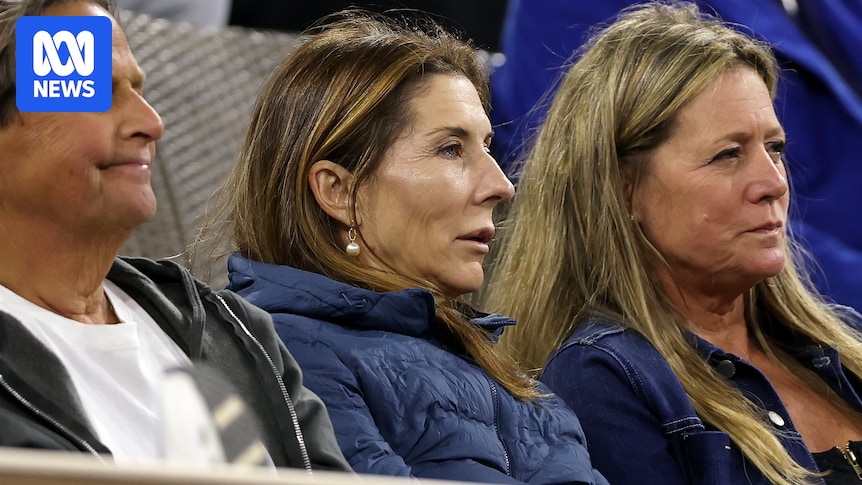
Monica Seles, the tennis legend known for her powerful two-handed strokes, has revealed that she was diagnosed with myasthenia gravis, a chronic neuromuscular disease, three years ago. The 51-year-old, who won her first of nine major trophies at the French Open in 1990, is speaking publicly about her condition for the first time as the US Open approaches, aiming to raise awareness about the disease.
“I would be playing with some kids or family members, and I would miss a ball. I was like, ‘Yeah, I see two balls.’ These are obviously symptoms that you can’t ignore,” Seles shared. “And, for me, this is when this journey started. And it took me quite some time to really absorb it, speak openly about it, because it’s a difficult one. It affects my day-to-day life quite a lot.”
The announcement comes as Seles reflects on her illustrious career and the challenges she has faced, both on and off the court. She won the last of her grand slam titles at the 1996 Australian Open, and her career was notably marked by a traumatic incident in 1993 when she was attacked during a match in Hamburg, Germany.
Understanding Myasthenia Gravis
According to the US National Institute of Neurological Disorders and Stroke, myasthenia gravis (MG) is “a chronic neuromuscular disease that causes weakness in the voluntary muscles” and “most commonly impacts young adult women (under 40) and older men (over 60) but … can occur at any age, including childhood.”
The disease can lead to problems with speaking, chewing, swallowing, and breathing. While many complications are treatable, some can be life-threatening. Seles noted that she had never heard of the condition before her diagnosis, which followed symptoms such as double vision and limb weakness.
“Just blowing my hair out … became very difficult,” Seles recounted.
A Life of Resilience and Adaptation
Seles’s journey with myasthenia gravis represents another chapter in a life defined by resilience. Her career was interrupted by the stabbing incident, after which she made a remarkable comeback to reach the 1995 US Open final. Reflecting on her life, Seles describes her health challenges as part of a series of “hard resets” she has had to make.
“I had to, in tennis terms, I guess, reset — hard reset — a few times,” she said. “I call my first hard reset when I came to the US as a young 13-year-old [from Yugoslavia]. Didn’t speak the language; left my family. It’s a very tough time. Then, obviously, becoming a great player, it’s a reset, too, because the fame, money, the attention, changes [everything], and it’s hard as a 16-year-old to deal with all that. Then obviously my stabbing — I had to do a huge reset. And then, really, being diagnosed with myasthenia gravis: another reset.”
Raising Awareness and Inspiring Others
By speaking out, Seles hopes to provide support and encouragement to others who may be facing similar health challenges. “I wish at the time of my diagnosis, I had somebody like me speak up about it,” she said, emphasizing the importance of awareness and community support.
Her message is one of adaptation and perseverance. “As I tell kids that I mentor: ‘You’ve got to always adjust. That ball is bouncing, and you’ve just got to adjust’. And that’s what I’m doing now,” she concluded.
As she continues to navigate her journey with myasthenia gravis, Seles remains a beacon of strength and inspiration, both on and off the court. Her story is a reminder of the power of resilience and the importance of raising awareness for lesser-known health conditions.





